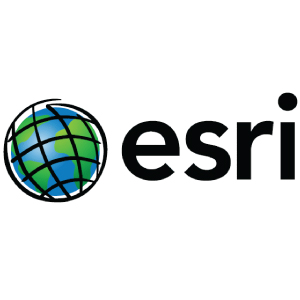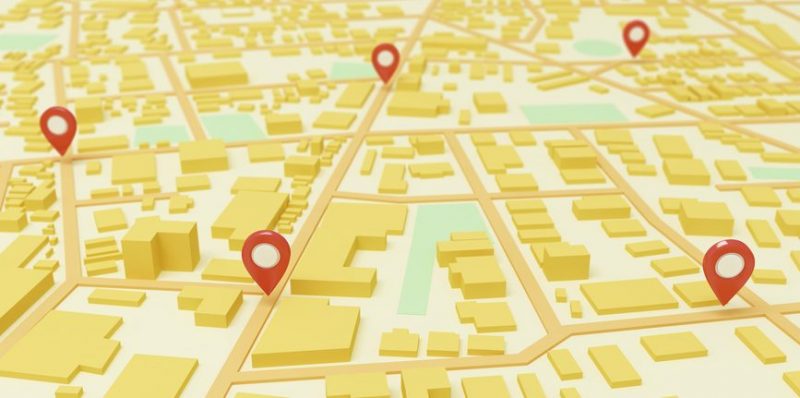Fraud, waste and abuse is something that every agency has to deal with. However, it is often difficult to detect and alleviate fraud because it is dynamic and the data that could help detect it is siloed. One way to address this intractable issue? Data and maps empower agencies and fraud investigators to detect anomalies faster and save organizations’ money.
In order to find out how agencies can use GIS to mitigate fraud, waste, and abuse, GovLoop sat down with Erin Grimm, GIS Specialist at the Office of the Inspector General of the U.S. Postal Service, Mike Quin, National Government Global Marketing Director at Esri, and Patrick O’Brien, Solution Engineer at Esri in the online training “4 Ways GIS Helps Fight Fraud.”
Fuse disparate data. This step is all about putting dots on a map and using distance and time to correlate the information, Quin explained. “GIS gives us the ability to fuse disparate data together and see the interaction of information and give a physical location to the data,” O’Brien said. By fusing data points on a map, users can visualize information spatially as well as see connections and relationships between information.
Find anomalies. After data is put on a map, it is much easier to see disparities in the connections between data points. “Fraud is dynamic and big because information is everywhere and finding it in data that hasn’t been aggregated is like looking for a needle in a haystack,” Quin said. “Having this information in a visual model allows users to play with billions of data points and boil it down to a few possible suspicious scenarios that you can then allocate resources to investigate.”
This geoanalytical model shifts through data very quickly and takes a process that used to take months down to minutes. O’Brien emphasized, “we can quickly identify possibly fraudulent activity by connecting data points by space and time.” Visualizing these data points allows agencies to easily see anomalous activity that may be fraud.
Predict and detect environments for fraud. Once you’ve identified potential places where fraud has occurred, you can use GIS to predict environments that may be conducive to fraud. “Once you have a good tradecraft surrounding how to find information based on location you can start to predict an environment that may be right for fraud and abuse based on how the data lays out,” Quin explained. Users can make predictions by creating and running a predictive analysis on data points laid out on a map. It is easy to see outliers, which can then be used to help determine where anomalies may occur again.
View holistic information by time and location. By utilizing GIS to detect and fight fraud, you are also granted access to a dashboard that provides real time updates of the data and maps. “The dashboard is really good for management to holistically see how things are going and where things are going with the data,” Quin said. O’Brien added that, “GIS has the ability to enhance organizational workflows and provide situational awareness to enhance management’s decision making.” This holistic view allows agency leadership to see where fraud is occurring and where it is likely to occur, allowing them to make data driven decisions to reduce instances of waste and abuse.
Ready to start fighting fraud and waste with maps at your agency? Check out the rest of the online training here.

